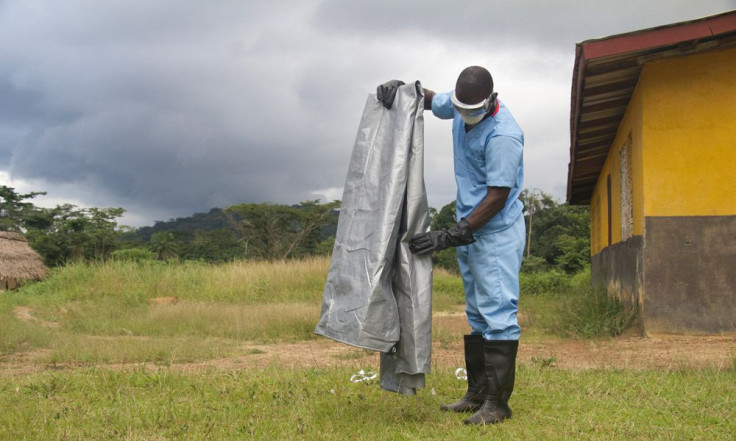WHO Hopes Safe Burial Practices Will Help Fight Spread Of Ebola Virus

In an attempt to curb the growth of the deadly Ebola virus, the World Health Organization (WHO) has issued new guidelines outlining the new method to bury victims. The 17-page manual, prepared with advice from medical professionals and religious organizations, comes after at least 20 percent of those infected with Ebola contracted it during traditional, albeit in this case dangerous burial ceremonies. Ebola victims are most infectious when they die.
The new measures include recommendations that Muslim families, which in some cases participate in the washing of the dead, be offered an alternative but not less religiously acceptable method of honoring their fallen loved ones. It also notes that preventing families from digging a victim’s grave “will make a significant difference in curbing Ebola transmission.”
More than 4,900 people in Guinea, Liberia, Sierra Leone and elsewhere in Africa have died of the virus, according to the WHO. The number of those at risk is still “very concerning,” but the speed of the virus’ transmission has slowed in recent weeks, the organization said.
An increase in the number of safe burial practices throughout Liberia - - where over 2,300 cremations and burials have taken place -- has also contributed to fewer Africans catching the virus, medical professionals told the New York Times. More people are now being buried within 24 hours of their death, though experts have made it clear that more work is still necessary before the world will have a better outlook on the situation.
“We are definitely getting a delayed picture of the outbreak,” Sebastian Funk , a lecturer in infectious diseases at the London School of Hygiene and Tropical Medicine, told the Associated Press on Friday. “It’s difficult to tell if we are reaching a turning point or if there will be a doomsday scenario. I could see it going either way at the moment.”
© Copyright IBTimes 2024. All rights reserved.




















